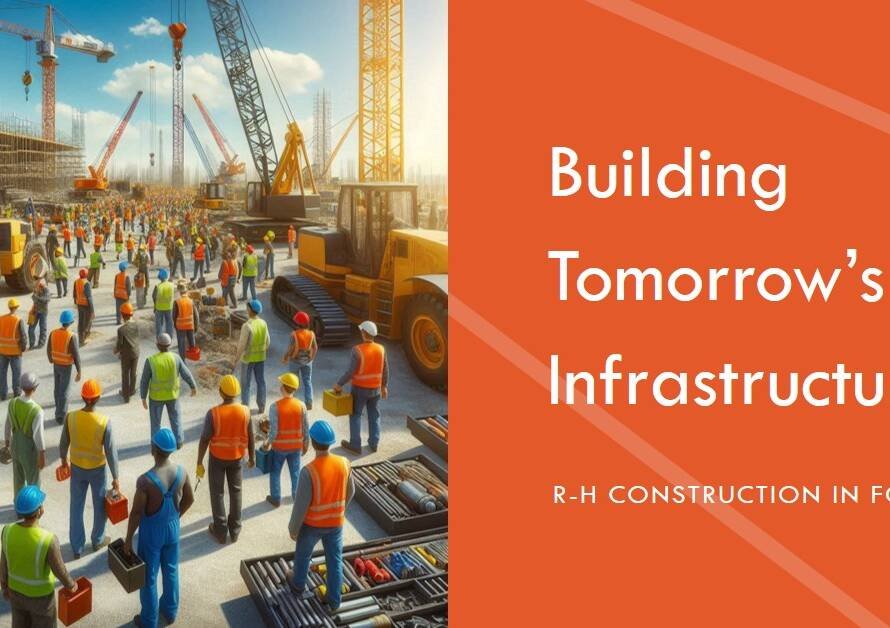
Table of Contents
- Introduction:
- Current Trends in the HVAC Market
- Impact of Raw Material Costs:
- Technological Advancements and Their Cost Implications:
- Regulatory Changes and Compliance Costs:
- Labor Costs and Skilled Workforce Shortages:
- Economic Factors and Consumer Demand:
- Supply Chain Disruptions and Their Effects:
- Environmental Considerations and Sustainability Trends:
- Future Outlook and Strategic Planning:
- Conclusion:
Introduction:
As we move closer to 2025, many homeowners and businesses are asking a crucial question: “Will HVAC prices increase in 2025?” This topic is gaining significant attention due to the essential role that heating, ventilation, and air conditioning systems play in our daily lives. Understanding the potential changes in HVAC prices can help consumers and industry professionals make informed decisions. This blog post delves into various factors that could influence HVAC prices in 2025, providing a comprehensive overview of the situation.
Current Trends in the HVAC Market
The HVAC market has seen steady growth over the past decade. Innovations in energy efficiency, smart technology integration, and environmentally friendly refrigerants have driven this expansion. Moreover, the increasing demand for HVAC systems in residential, commercial, and industrial sectors has kept the market buoyant.
In recent years, the emphasis on energy-efficient systems has pushed manufacturers to develop advanced HVAC solutions. These systems not only reduce energy consumption but also align with global efforts to combat climate change. Consequently, the initial cost of these high-efficiency units tends to be higher, though they promise long-term savings on energy bills.
Impact of Raw Material Costs:
One of the primary factors influencing HVAC prices is the cost of raw materials. Metals like copper, aluminum, and steel are integral to the manufacturing of HVAC systems. Over the past few years, the prices of these metals have fluctuated due to various economic and geopolitical factors.
As we approach 2025, any significant changes in the prices of these raw materials could directly impact the cost of HVAC systems. For instance, an increase in copper prices due to supply chain disruptions or increased demand in other industries could lead to higher production costs for HVAC manufacturers, which would then be passed on to consumers.
Technological Advancements and Their Cost Implications:
Technological advancements are a double-edged sword in the HVAC industry. On one hand, they lead to more efficient and sophisticated systems. On the other hand, the integration of advanced technology can increase the overall cost of HVAC units.
Smart thermostats, advanced filtration systems, and IoT-enabled HVAC units are becoming more prevalent. These innovations offer superior performance and convenience but often come at a premium price. As technology continues to evolve, we may see a further increase in the cost of cutting-edge HVAC systems, though this could be offset by the benefits of reduced energy consumption and enhanced user control.
Regulatory Changes and Compliance Costs:
Government regulations play a significant role in shaping the HVAC market. Regulations aimed at reducing carbon emissions and improving energy efficiency standards can affect the cost structure of HVAC systems.
In 2025, new regulations could be introduced that require manufacturers to adopt more stringent standards. Compliance with these regulations often involves additional research and development costs, as well as potential redesigns of existing products. These expenses are typically reflected in the final price of HVAC systems, leading to an overall increase in market prices.
Labor Costs and Skilled Workforce Shortages:
The HVAC industry, like many other sectors, is facing a shortage of skilled labor. The demand for qualified HVAC technicians is rising, yet the supply has not kept pace. This labor shortage can lead to increased wages for skilled workers, which in turn raises the installation and maintenance costs of HVAC systems.
Moreover, training programs and certifications required to ensure a competent workforce add to the operational costs for HVAC companies. As these expenses climb, they contribute to the overall increase in HVAC prices, affecting both installation and service costs.
Economic Factors and Consumer Demand:
The broader economic landscape also plays a crucial role in determining HVAC prices. Economic growth, inflation, and consumer confidence all influence the demand for HVAC systems.
In times of economic prosperity, consumers and businesses are more likely to invest in high-quality HVAC systems, which can drive prices up. Conversely, during economic downturns, there may be a shift towards more budget-friendly options, potentially stabilizing or even reducing prices. As we look ahead to 2025, monitoring economic indicators will be essential to predict how they might affect the HVAC market.


Supply Chain Disruptions and Their Effects:
The global supply chain has been under immense pressure recently, with disruptions caused by the COVID-19 pandemic, geopolitical tensions, and natural disasters. These disruptions have led to shortages of key components and delays in production.
If supply chain issues persist or worsen by 2025, we can expect further impacts on HVAC prices. Manufacturers might face higher costs for sourcing materials and components, which would be transferred to the consumer. Addressing these supply chain challenges is crucial for stabilizing HVAC prices in the near future.
Environmental Considerations and Sustainability Trends:
Sustainability is becoming a major driver in the HVAC industry. Consumers are increasingly aware of the environmental impact of their purchases and are seeking eco-friendly HVAC solutions. Manufacturers are responding by developing systems that use greener refrigerants and incorporate sustainable materials.
While these sustainable options are beneficial for the environment, they often come with higher production costs. As the trend towards sustainability grows, the prices of environmentally friendly HVAC systems may rise, reflecting the additional investment in green technology and materials.
Future Outlook and Strategic Planning:
Looking ahead to 2025, several factors could converge to influence HVAC prices. While some elements may drive prices up, others could help stabilize or even reduce costs. For instance, continued advancements in technology and efficiency could lead to long-term savings, despite higher initial prices.
Consumers and industry professionals should stay informed about market trends, regulatory changes, and technological developments. Strategic planning, such as investing in high-efficiency systems now or opting for maintenance plans that extend the life of existing units, can help mitigate the impact of potential price increases.
Conclusion:
The question of whether HVAC prices will increase in 2025 is complex, influenced by a multitude of factors. From raw material costs and technological advancements to regulatory changes and economic conditions, each element plays a role in shaping the future of HVAC pricing. By understanding these factors and planning accordingly, consumers and businesses can navigate the evolving landscape of the HVAC industry. Staying informed and proactive will be key to managing the costs and ensuring access to efficient and effective HVAC solutions in the years to come.



